Date: 5 November 2009
Simon Bennett, the company’s international sales director, here explains the origins of the notoriously difficult US fire testing regime and why the company decided they had to pass it.Mention water torture, and most people think, quite unjustly, of the Chinese. There is no evidence whatsoever that the Chinese practised this blackest of dark arts.The term was used by the world’s first celebrity escapologist Harry Houdini who in 1913 performed an act in which he was tied up and suspended upside-down in a locked glass and steel cabinet that was filled with water.The term was then popularised by the Fu Manchu stories of Sax Rohmer that were popular in the 1930s, in which the evil Fu Manchu subjected his victims to various ingenious tortures, only some of which involved water.However, the origins of its use go back to Hippolytus de Marsiliis, a 16th century Italian lawyer at the time of the Inquisition. He observed how drops of water falling on a stone gradually created a hollow and, being a lawyer, realised how this could be used as a form of human torture.Victims were strapped down so that they could not move, and cold water was then dripped slowly onto their forehead. The victim could see each drop coming, and was gradually driven mad.That same form of torture is still being practiced to test the protective level of glazing systems in the United States. Nowadays, it’s called the hose stream test, and it has probably driven numerous glazing specialists completely insane. The test, controversial and challenging, is notoriously difficult.American test methodology requires, as in Europe and elsewhere, that the glazing system is subjected to furnace temperatures of over 1750 degrees Farenheight, testing the strength of the glass, the protective level of the glazing system, and its overall capability to maintain compartmentation in a fire situation.However, immediately after fire exposure, the American testing standard also requires the glazing system, to then be subjected to a high-pressure fire-hose test, aimed directly onto the super-heated steel and glass assembly and generating a water stream in the region of 30 psi.In the hose stream test, the longer the fire resistance being applied for, then the longer and more severe is the high-pressure water exposure. This tests the glass for the thermal shock of being deluged and suddenly cooled by the fire fighting services, as well as by the building’s own sprinkler system.Like many test regimes, the hose stream test has its roots in a byegone age, and wasn’t even originally designed to test the glass. So byegone an age, in fact, that Queen Victoria was still on the throne, the sun hadn’t yet sunk on the British Empire – and architecture was undergoing one of its periodic and seismic upheavals.The reason for this seachange in architectural practice was glass or, rather, the glazing system to hold the glass in place. Until the early to mid-18th century, large expanses of glass had only had a limited place in the architectural lexicon. It was expensive and therefore mostly only used in mansion houses, churches or public buildings.It was a British architect, Joseph Paxton, who changed everything. Until the mid-1800s, Paxton was best known for designing greenhouses for the British nobility. Plants were being brought back to Britain from all parts of the Empire and having a bigger and better greenhouse was all the vogue.So much so that, when the idea for a Great Exhibition came along, it was Joseph Paxton who was chosen to design the main exhibition area. In taking on the project, Paxton simply drew from his horticultural experience and, using vast amounts of load-bearing ironwork, designed a structure that contained over 300,000 panels of glass to a total of more than one million square feet.Joseph Paxton’s experience in garden design served him well because, simply by scaling up his earlier work, design to completion took just seven months. The result was a giant greenhouse: an entire, huge building made only of wrought iron and glass. The finished building was, of course, a wonder of its day. The public, and not a few architects, flocked to it from all over the world. In total, over six million of them – not bad for an age without budget airlines or the motorcar.Inside its great halls were some 13,000 exhibits, and the money it generated allowed the government to build other great symbols of Empire, including the Albert Hall and the Victoria and Albert Museum. Not a few of the architects who saw the Great Exhibition were from America, and they took the concepts they’d seen back to the United States. The balance between form and function was being rewritten: iron, and later steel, now allowed the architect to think in new ways about building design. The modern skyscraper was born.The hose stream test, first introduced in 1918, wasn’t designed with glass in mind. It was designed to test the integrity of the cast and wrought ironwork that had been popularised by the Great Exhibition. With the glazing industry in its infancy, there was little understanding of the critical importance of compatibility between frame and glass. The result was that the iron frame often failed – putting fire-fighters and a building’s occupants at risk.The hose stream test, once also a UK requirement, went out of fashion as iron was replaced with steel – a material immensely stronger and more resilient than the iron it replaced, and therefore less prone to failure. However, and despite enormous advances in steel glazing systems, the hose stream test has been retained in the USA for all fire-rated constructions seeking accreditation for more than one hour of protection – despite growing calls for it to be abandoned as an anachronism.At Wrightstyle, we have always sought to be at the forefront of fire, ballistic and blast safety and, with architectural specifications becoming increasing global, we felt it appropriate to have our glazing systems tested under US specifications. We now export our curtain walling, door, screen and window systems worldwide – as well as our range of stand-alone glasses - so it seemed sensible to add US fire test compliance to the other international test certifications that we hold.The addition of US test certification will also be useful because of the increasing numbers of American architects working overseas, and therefore specifying US tested systems. This is the case particularly in the Middle East, where typical specifications for fire-resistant systems are often required to comply with US standards.It does however seem strange that, in a world where our glass and glazing systems are designed to withstand searing temperatures or the blast impact of a lorry bomb, our successful pass came down to a stream of cold water. Water torture it certainly was.Ends For further technical information, please contact Lee Coates+44 (0) 1380 722 239lee.coates@wrightstyle.co.uk For further media information on Wrightstyle Ltd, please contactCharlie Laidlaw, David Gray PR+44 (0) 1620 844736 or (mobile) +44 (0) 7890 396518charlie@davidgraypr.com Wrightstyle Limited is one of the UK’s leading suppliers of specialist glass and integrated steel and glass systems with an international client base. Simon Bennett, the company’s international sales director, here explains the origins of the notoriously difficult US fire testing regime and why the company decided they had to pass it.
Mention water torture, and most people think, quite unjustly, of the Chinese. There is no evidence whatsoever that the Chinese practised this blackest of dark arts.
The term was used by the world’s first celebrity escapologist Harry Houdini who in 1913 performed an act in which he was tied up and suspended upside-down in a locked glass and steel cabinet that was filled with water.
The term was then popularised by the Fu Manchu stories of Sax Rohmer that were popular in the 1930s, in which the evil Fu Manchu subjected his victims to various ingenious tortures, only some of which involved water.
However, the origins of its use go back to Hippolytus de Marsiliis, a 16th century Italian lawyer at the time of the Inquisition. He observed how drops of water falling on a stone gradually created a hollow and, being a lawyer, realised how this could be used as a form of human torture.
Victims were strapped down so that they could not move, and cold water was then dripped slowly onto their forehead. The victim could see each drop coming, and was gradually driven mad.
That same form of torture is still being practiced to test the protective level of glazing systems in the United States. Nowadays, it’s called the hose stream test, and it has probably driven numerous glazing specialists completely insane. The test, controversial and challenging, is notoriously difficult.
American test methodology requires, as in Europe and elsewhere, that the glazing system is subjected to furnace temperatures of over 1750 degrees Farenheight, testing the strength of the glass, the protective level of the glazing system, and its overall capability to maintain compartmentation in a fire situation.
However, immediately after fire exposure, the American testing standard also requires the glazing system, to then be subjected to a high-pressure fire-hose test, aimed directly onto the super-heated steel and glass assembly and generating a water stream in the region of 30 psi.
In the hose stream test, the longer the fire resistance being applied for, then the longer and more severe is the high-pressure water exposure. This tests the glass for the thermal shock of being deluged and suddenly cooled by the fire fighting services, as well as by the building’s own sprinkler system.
Like many test regimes, the hose stream test has its roots in a byegone age, and wasn’t even originally designed to test the glass. So byegone an age, in fact, that Queen Victoria was still on the throne, the sun hadn’t yet sunk on the British Empire – and architecture was undergoing one of its periodic and seismic upheavals.
The reason for this seachange in architectural practice was glass or, rather, the glazing system to hold the glass in place. Until the early to mid-18th century, large expanses of glass had only had a limited place in the architectural lexicon. It was expensive and therefore mostly only used in mansion houses, churches or public buildings.
It was a British architect, Joseph Paxton, who changed everything. Until the mid-1800s, Paxton was best known for designing greenhouses for the British nobility. Plants were being brought back to Britain from all parts of the Empire and having a bigger and better greenhouse was all the vogue.
So much so that, when the idea for a Great Exhibition came along, it was Joseph Paxton who was chosen to design the main exhibition area. In taking on the project, Paxton simply drew from his horticultural experience and, using vast amounts of load-bearing ironwork, designed a structure that contained over 300,000 panels of glass to a total of more than one million square feet.
Joseph Paxton’s experience in garden design served him well because, simply by scaling up his earlier work, design to completion took just seven months. The result was a giant greenhouse: an entire, huge building made only of wrought iron and glass.
The finished building was, of course, a wonder of its day. The public, and not a few architects, flocked to it from all over the world. In total, over six million of them – not bad for an age without budget airlines or the motorcar.
Inside its great halls were some 13,000 exhibits, and the money it generated allowed the government to build other great symbols of Empire, including the Albert Hall and the Victoria and Albert Museum.
Not a few of the architects who saw the Great Exhibition were from America, and they took the concepts they’d seen back to the United States. The balance between form and function was being rewritten: iron, and later steel, now allowed the architect to think in new ways about building design. The modern skyscraper was born.
The hose stream test, first introduced in 1918, wasn’t designed with glass in mind. It was designed to test the integrity of the cast and wrought ironwork that had been popularised by the Great Exhibition. With the glazing industry in its infancy, there was little understanding of the critical importance of compatibility between frame and glass. The result was that the iron frame often failed – putting fire-fighters and a building’s occupants at risk.
The hose stream test, once also a UK requirement, went out of fashion as iron was replaced with steel – a material immensely stronger and more resilient than the iron it replaced, and therefore less prone to failure. However, and despite enormous advances in steel glazing systems, the hose stream test has been retained in the USA for all fire-rated constructions seeking accreditation for more than one hour of protection – despite growing calls for it to be abandoned as an anachronism.
At Wrightstyle, we have always sought to be at the forefront of fire, ballistic and blast safety and, with architectural specifications becoming increasing global, we felt it appropriate to have our glazing systems tested under US specifications. We now export our curtain walling, door, screen and window systems worldwide – as well as our range of stand-alone glasses - so it seemed sensible to add US fire test compliance to the other international test certifications that we hold.
The addition of US test certification will also be useful because of the increasing numbers of American architects working overseas, and therefore specifying US tested systems. This is the case particularly in the Middle East, where typical specifications for fire-resistant systems are often required to comply with US standards.
It does however seem strange that, in a world where our glass and glazing systems are designed to withstand searing temperatures or the blast impact of a lorry bomb, our successful pass came down to a stream of cold water. Water torture it certainly was.
Ends
For further technical information, please contact
Lee Coates
+44 (0) 1380 722 239
For further media information on Wrightstyle Ltd, please contact
Charlie Laidlaw, David Gray PR
+44 (0) 1620 844736 or (mobile) +44 (0) 7890 396518

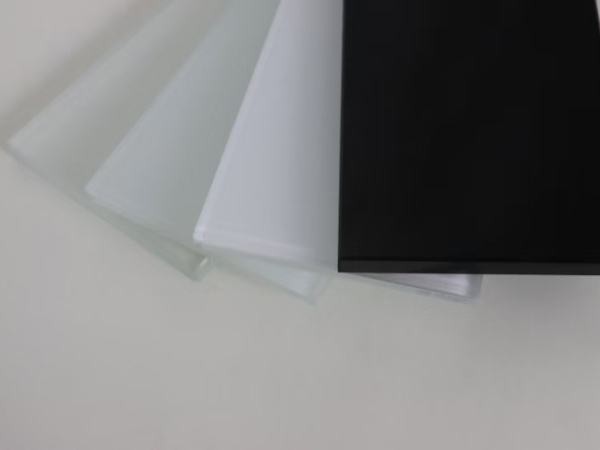



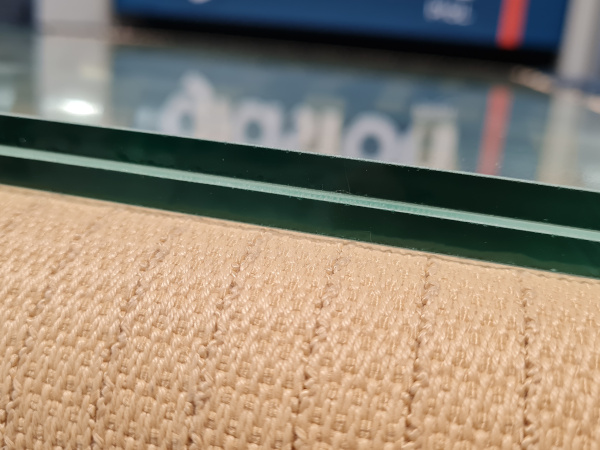
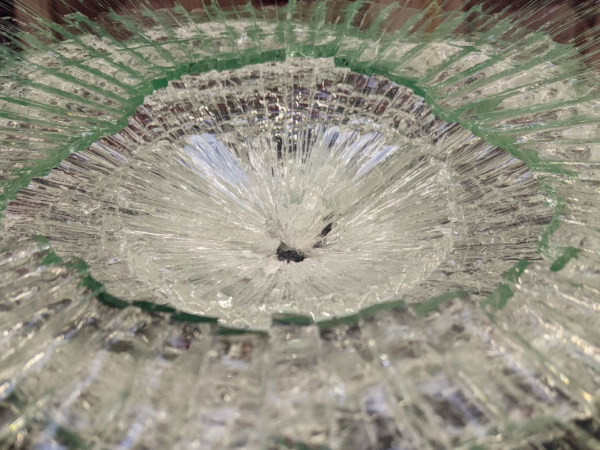







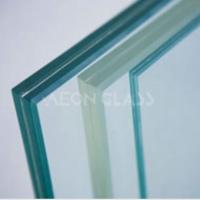

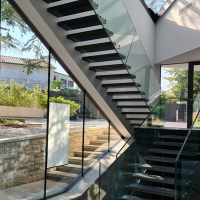
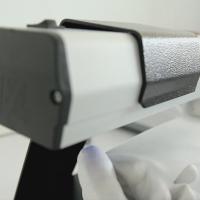

Add new comment